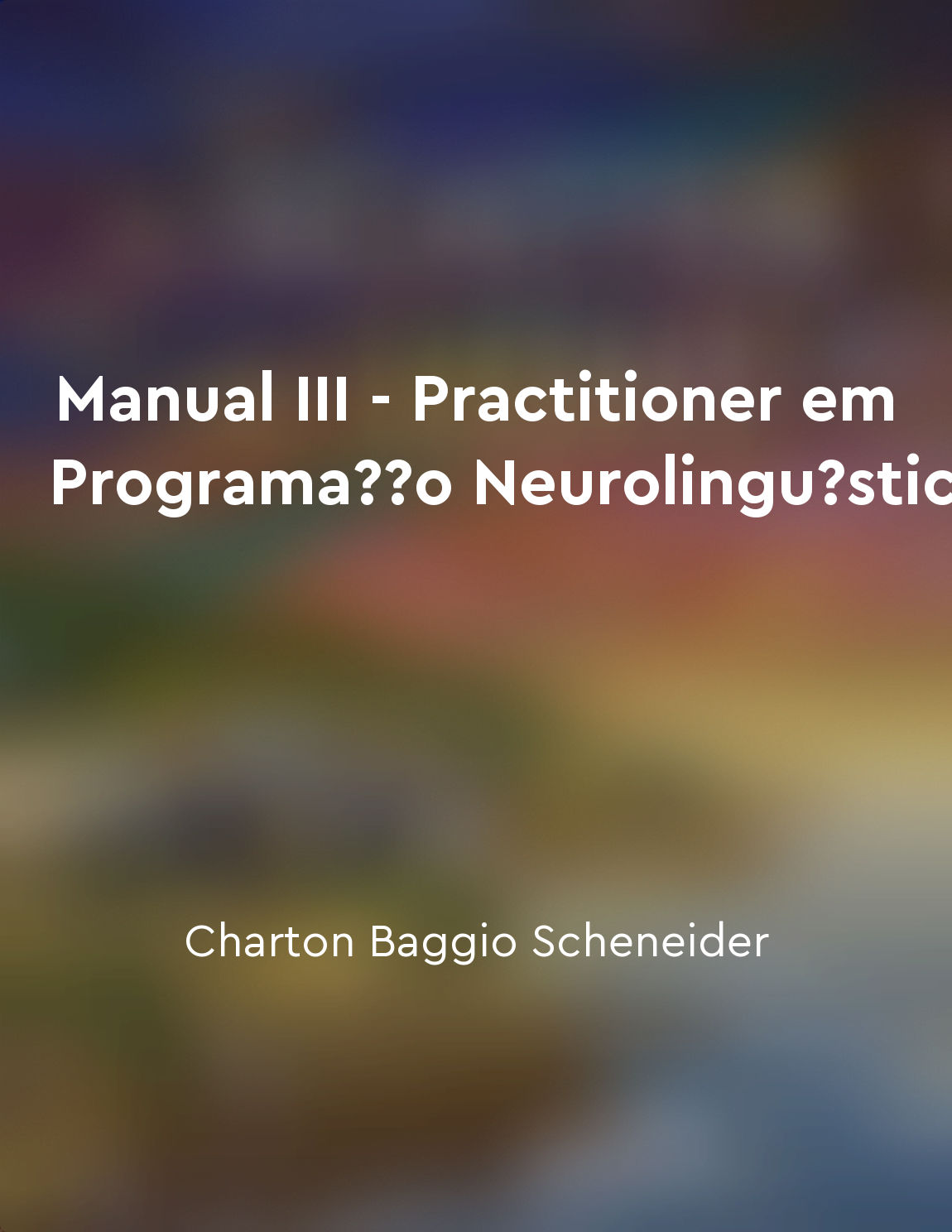Direct and indirect speech require different structures from "summary" of English Grammar for Today by Geoffrey Leech,Margaret Deuchar,Robert Hoogenraad
When we report someone else's words in our own speech or writing, we can do so in two ways: directly or indirectly. Direct speech involves repeating the original speaker's exact words, enclosed in quotation marks. For example, "I am going to the store," said Jane. Indirect speech, on the other hand, conveys the meaning of the original speaker's words without using their exact wording. In this case, we would say, Jane said that she was going to the store. The choice between direct and indirect speech depends on various factors, such as the context, the relationship between the speaker and the reported speech, and the desired level of formality. Importantly, the structures used in direct and indirect speech differ significantly. In direct speech, the original speaker's words are reproduced verbatim, maintaining their original tense, pronouns, and other elements. In indirect speech, these elements often undergo changes to fit the reporting context. One key difference between direct and indirect speech is the use of reporting verbs. In direct speech, the reporting verb - such as "said," "asked," or "shouted" - is placed before the quoted words. In indirect speech, the reporting verb comes before the reported speech, followed by a conjunction like "that" to introduce the reported words. For example, "I will be there," she said (direct speech) becomes She said that she would be there (indirect speech). Another distinction lies in the pronouns and verb tenses used in direct and indirect speech. In direct speech, the speaker's pronouns and verb tenses are retained as they were originally spoken. In indirect speech, however, the pronouns may change to reflect the reporting context, and verb tenses often shift to match the reporting time frame. For instance, "I am reading a book," he said (direct speech) becomes He said that he was reading a book (indirect speech). Furthermore, indirect speech often requires changes in modal verbs, adverbs of time and place, and other elements to maintain coherence and accuracy in reporting. For example, "I can help you tomorrow," she said (direct speech) becomes She said that she could help me the next day (indirect speech), with adjustments made to modal verbs and adverbs to convey the intended meaning accurately. In summary, the structures of direct and indirect speech differ significantly in terms of reporting verbs, pronouns, verb tenses, modal verbs, adverbs, and other elements.Similar Posts
Listen not just with your ears, but with your heart and mind
Listening not just with your ears, but with your heart and mind goes beyond simply hearing the words that are being spoken. It ...
Social media tools can be powerful platforms for business communication
Social media tools play a crucial role in today's business world, providing companies with powerful platforms for communication...
Emotional intelligence plays a role in effective listening
Emotional intelligence is a key factor in effective listening. When we are emotionally intelligent, we are better able to under...

Understanding sentence types is crucial
To be able to effectively communicate in English, one must have a good understanding of the different types of sentences. It is...
Avoid interrupting the speaker
When someone is speaking, it's important to give them your full attention. This means not interrupting them while they are talk...
Find common ground with others
To connect with someone, you must find common ground. This means identifying shared interests, experiences, or beliefs that you...
Incorporate humor to keep your audience engaged
Humor can play a crucial role in maintaining the interest and engagement of your audience during a public speaking event. When ...
Build rapport through matching and pacing
When you want to establish a strong connection with someone, it's important to pay attention to their communication style. One ...
Developing empathy is essential for effective listening
Empathy is the ability to understand and share the feelings of another person. It involves putting yourself in the other person...

Enhancing selfconfidence through mindset and language shifts
The concept of enhancing self-confidence through mindset and language shifts is a fundamental aspect of Neuro-Linguistic Progra...
